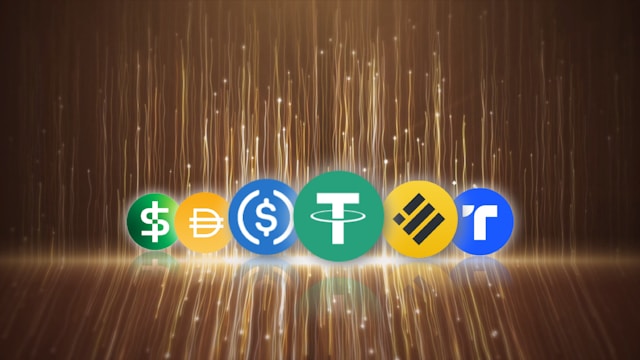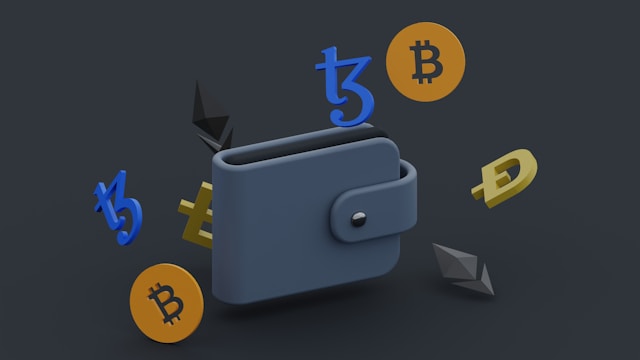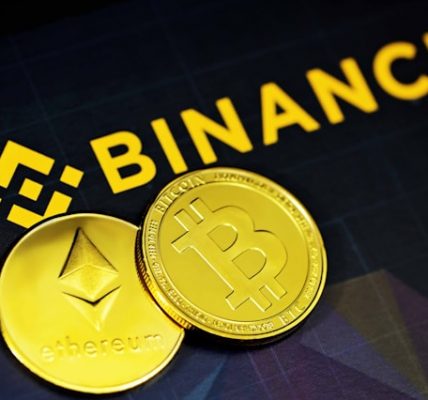Hey everyone, Dr. Anya Sharma here! Today, let’s dive into the wild world of stablecoins and how they’ve become, like, totally indispensable in the DeFi ecosystem. It’s a bit of a rabbit hole, but trust me, it’s worth understanding. For those of you who are new to the subject, I’ll try to keep it simple and clear, but if you’re a DeFi veteran, hopefully there will be something here that’s interesting for you too!
What are Stablecoins Anyway?
Okay, so imagine you’re trying to trade crypto, but you’re, like, super risk-averse. Bitcoin’s volatility makes you nervous, right? That’s where stablecoins come in! Basically, they’re cryptocurrencies designed to maintain a stable value relative to another asset, typically a fiat currency like the US dollar. The idea is to give you the benefits of crypto – speed, global access, and all that jazz – without the stomach-churning price swings. I remember back in my hedge fund days, we used stablecoins *constantly* to move in and out of positions quickly. It was a lifesaver!
The Three Amigos: Types of Stablecoins
Now, here’s where it gets interesting. Not all stablecoins are created equal. We’ve got three main types:
- Fiat-Backed: These are the OGs of the stablecoin world. Think USDT (Tether) and USDC (Circle). They claim to hold reserves of fiat currency (like USD) in a bank account to back each coin issued. The idea is that for every USDT in circulation, there’s a dollar sitting somewhere. Now, how transparent and trustworthy these reserves *actually* are is a whole other can of worms we might have to open another time…
- Crypto-Backed: These stablecoins are backed by other cryptocurrencies. Because crypto is volatile, they’re usually over-collateralized. For example, to issue $100 worth of a crypto-backed stablecoin, you might need to lock up $150 worth of Ether. DAI is a prime example, and it’s pretty popular in the DeFi space.
- Algorithmic: Ah, the wild west of stablecoins! These guys use algorithms and smart contracts to manage their supply and maintain their peg. No fiat or crypto backing here, just code! But uh, as we saw with Terra’s UST… things can go south *real* fast.
The Rise and Fall (and Rise?) of Algorithmic Stablecoins
Let’s talk about algorithmic stablecoins a little more. They promised decentralization and scalability, but the reality, well, it’s been a bit of a rollercoaster. The basic idea is that smart contracts automatically adjust the supply of the stablecoin to maintain its peg. If the price dips below $1, the algorithm reduces the supply, and if it goes above $1, it increases the supply. Simple, right? The problem comes when there’s a serious loss of confidence in the system. Without the safety net of actual reserves, a slight loss in confidence can result in a death spiral.
Terra’s UST is the poster child. It worked… until it didn’t. When the price started to slip, the algorithm tried to defend the peg, but it couldn’t withstand the selling pressure. The whole thing collapsed, wiping out billions of dollars. I remember watching it all unfold, and honestly, it was a pretty sobering experience. But, hey, failure is just another learning opportunity, right? Despite the failures (and there have been a few!), some developers are still trying to make algorithmic stablecoins work, often with more sophisticated mechanisms and hybrid models. For example, innovations like hybrid collateral models and improved governance frameworks are explored as pathways to resilience. I honestly don’t know if it’s possible to create a truly stable algorithmic stablecoin, but I certainly wouldn’t bet against it.
Challenges and the Regulatory Landscape
So, it’s not all sunshine and rainbows. One of the biggest issues is regulation. Governments are starting to pay *a lot* of attention to stablecoins, and they’re not always thrilled with what they see. There are concerns about money laundering, financial stability, and consumer protection. The EU’s MiCA regulation is a big step in this direction, but the US is still figuring things out. A strong regulatory framework, with risk disclosure and containment safeguards, is particularly needed for algorithmic, IMHO.
Stablecoins: The Future of Finance?
Despite the challenges, I think stablecoins are here to stay. They’re a crucial part of the DeFi ecosystem, providing liquidity and stability (most of the time!). As the technology matures and regulations become clearer, I think we’ll see even more innovative uses for stablecoins. They could revolutionize cross-border payments, remittances, and even everyday transactions. I’m really excited to see what the future holds!
Anyway, that’s my take on stablecoins for today. I hope you found it helpful! Let me know what you think in the comments below. And remember, always do your own research before investing in anything, especially in the crypto world. Cheers!






